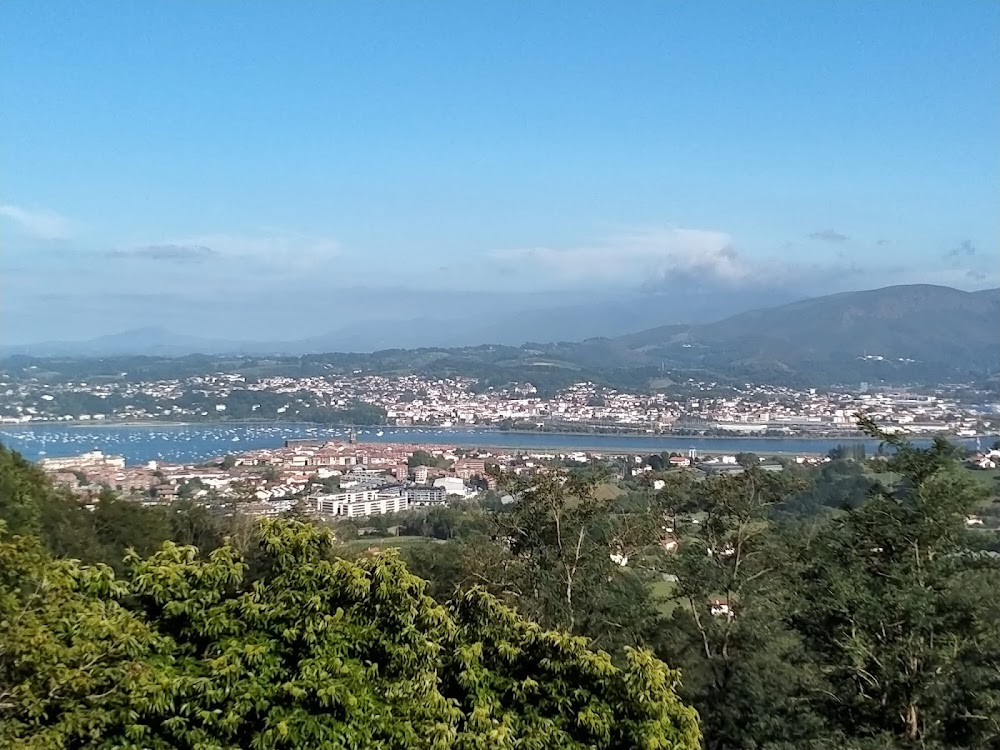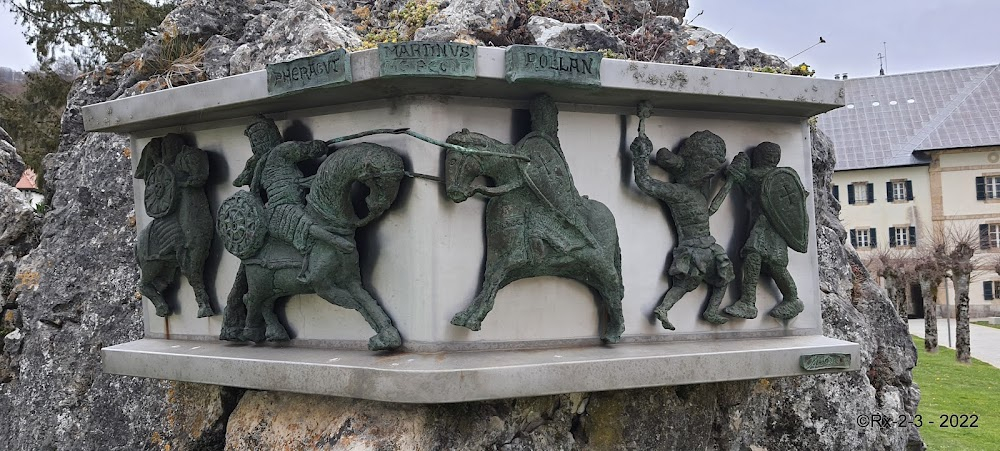Luna de verano Filming Locations

Where was Luna de verano filmed? Luna de verano was filmed in 7 locations across Spain in the following places:
Luna de verano Filming Locations
Jaizkibel is a mountain range of the Basque Country located east of Pasaia, north of Lezo and west of Hondarribia, in Spain, with 547 m at the highest point. The range stretches south-west to north-east, where it plunges into the sea at the Cape Higuer.
Lekunberri is a municipality located in the province and autonomous community of Navarre, northern Spain. It is situated in the northwestern portion of the province, some 30 km from the provincial capital, Pamplona. Lekunberri has a population of 1,386.
Pamplona is the capital of Navarre province in northern Spain. It’s best known for the Running of the Bulls (Feast of San Fermín) in July. During this legendary multiday festival, bulls are led through the city streets by daredevil runners. A major stop along the Camino de Santiago, a medieval-era pilgrimage route, Pamplona is also home to Gothic-style churches including fortresslike San Nicolás.
San Sebastián is a resort town on the Bay of Biscay in Spain’s mountainous Basque Country. It’s known for Playa de la Concha and Playa de Ondarreta, beaches framed by a picturesque bayfront promenade, and world-renowned restaurants helmed by innovative chefs. In its cobblestoned old town (Parte Vieja), upscale shops neighbor vibrant pintxo bars pairing local wines with bite-size regional specialties.
Roncesvalles is a small village and municipality in Navarre, northern Spain. It is situated on the small river Urrobi at an altitude of some 900 metres in the Pyrenees, about 4 kilometres from the French border as the crow flies, or 21 kilometres by road.
Luzaide is a town in Navarre, northern Spain, located on the French border and just a few kilometers from the road frontier in the French village of Arnéguy.
Luna de verano (1959)
Two young French girls, Monique and Colette, arrive to Spain in their convertible car to attend summer courses at the International University of San Sebastian. The first contact with the country is in Pamplona. There, Monique considers heroes the boys who run in front of the bulls during the San Fermines.



